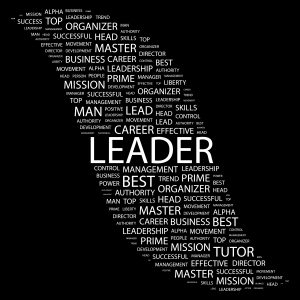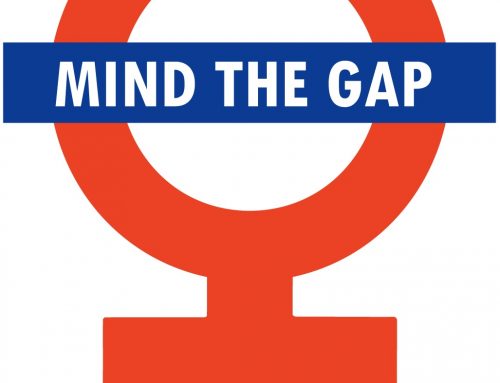 Think of the most successful executives you know or have read about. They possess “executive presence,” a term hard to pin down with a concise definition, yet something you recognize when you see it. Some point to charisma, confidence, or credibility. Others suggest that it even goes so far as your appearance. Is executive presence teachable? And are women more able to access the characteristics required for this important, yet nebulous, indicator of success? First, let’s attempt to put some parameters around what executive presence is.
Think of the most successful executives you know or have read about. They possess “executive presence,” a term hard to pin down with a concise definition, yet something you recognize when you see it. Some point to charisma, confidence, or credibility. Others suggest that it even goes so far as your appearance. Is executive presence teachable? And are women more able to access the characteristics required for this important, yet nebulous, indicator of success? First, let’s attempt to put some parameters around what executive presence is.
The Harvard Business Review says:
“The age-old question is whether executive presence can be developed? The answer is yes — if you have a baseline of self-confidence and a willingness to deal with the unpredictable situations that go with the territory at the executive level.”
Sylvia Ann Hewlett’s definition might be the most concise. In her book, Executive Presence, she condenses the concept to three main characteristics:
- Gravitas
- Communication
- Appearance
The demeanor you project to the world is gravitas, according to Hewlett, and encompasses emotional intelligence. Of all of the qualities listed above, gravitas is the hardest to learn. It is a mixture of confidence, charisma, and trustworthiness. Hewlett believes women can excel in this area in today’s business environment that includes diversity in culture and ethnicity. Why? Because women are more apt to be empathetic than men, according to this interview with Maria Shriver:
“Men can really have a tin ear on this front, which increasingly is thought to be a really bad idea. The ability to put oneself in someone else’s shoes, someone who is quite different, is a much more readily accessible strength for women than men.”
Communication and appearance are much easier to quantify, and therefore, improve. Communication skills are most obvious when presenting. Engaging your audience and being able to get your points across without relying on a Powerpoint presentation or script is key, according to Hewlett’s book. Being able to engage in small talk, engage people, and make them feel special and comfortable go a long way towards the perception of capability. While the importance of appearance may not exactly be welcome news, it is the reality. But beyond well-made suits and attractive hairstyles, good posture, eye contact, and voice tone and volume are also important.
When asked to rank traits important in leaders, communications/influence and personal and professional demeanor ranked two and three, respectively, according to a survey by Gartner. The unfortunate part is that executive presence is not based on job performance. You can be great at what you do, deliver results, and win business, but if you do not possess executive presence, your career may stall. Executive presence can mean the difference between advancing in your career and remaining stagnant.





